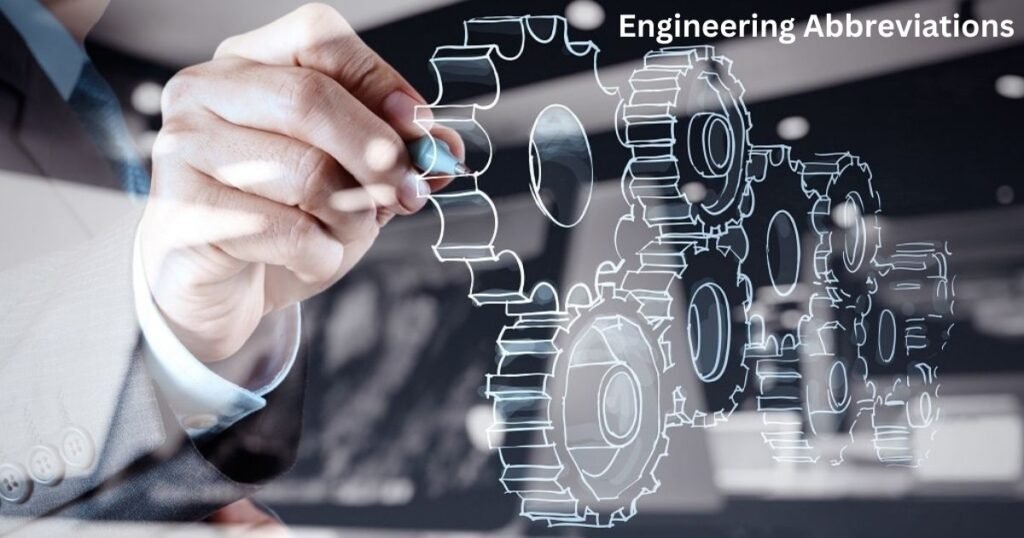🚧 Introduction
In Engineering, Procurement, and Construction (EPC) companies, process safety is often misunderstood as a cost center instead of a critical safeguard for life, assets, and reputation. Yet, countless incidents across the oil & gas, petrochemical, and pharmaceutical sectors highlight a glaring truth: early and effective integration of process safety saves lives and billions in losses.
This guide covers the top 10 process safety mistakes EPC companies make—and how to avoid them. Whether you’re a process engineer, HSE manager, or project lead, this article offers actionable insights to enhance safety and compliance at every phase of your project lifecycle.
🚩 1. Ignoring Process Safety in the Early Design Phase
One of the most critical mistakes is excluding process safety from the feasibility and conceptual design stages.
🔍 Impact:
- Design rework during FEED or detailed design
- Non-compliance with regulatory codes
- Missed opportunities to eliminate hazards at the source
✅ Solution:
- Conduct HAZID and Inherent Safety Reviews early.
- Involve process safety professionals in layout planning and process selection.
🚩 2. Treating Process Safety as a One-Time Exercise
Process safety is not just a checklist activity during HAZOP. It must be embedded across the project lifecycle.
🔍 Impact:
- Gaps between design intent and operational safety
- Safety-critical elements (SCEs) overlooked post-HAZOP
✅ Solution:
- Establish a Process Safety Management (PSM) Plan from Day 1.
- Conduct periodic reviews (e.g., SIL Validation, MOC audits) throughout the project.
🚩 3. Poorly Defined Process Safety Philosophy
Some EPCs use generic or copy-paste safety philosophies that don’t reflect the unique hazards of the project.
🔍 Impact:
- Misalignment between safety systems and actual risks
- SIL mismatch or unnecessary cost escalation
✅ Solution:
- Tailor the Process Safety Philosophy document for each project.
- Use LOPA and risk matrix to justify SIFs and other protection layers.
🚩 4. Underestimating Human Factors Engineering (HFE)
Designs often overlook operator interface, control room layout, and alarm fatigue, all of which are crucial in emergencies.
🔍 Impact:
- Operator confusion during critical incidents
- Increased likelihood of human error
✅ Solution:
- Include HFE studies and Alarm Rationalization (AR) in the project scope.
- Follow ISO 11064 and EEMUA 191 standards for control center design.
🚩 5. Inadequate Management of Change (MOC) System
Changes in piping layout, control logic, or instrumentation often bypass structured reviews, especially in tight project timelines.
🔍 Impact:
- Unassessed risk introduction
- Non-compliance with original safety design
✅ Solution:
- Implement a formal, tracked MOC procedure.
- Train all engineering disciplines on MOC triggers and workflows.
🚩 6. Skipping SIL Verification or Treating It Lightly
Some EPCs perform SIL Classification but skip or under-budget SIL Verification, treating it as optional.
🔍 Impact:
- SIS may fail to meet required risk reduction levels
- Potential for catastrophic failure of safety loops
✅ Solution:
- Always perform SIL Verification using tools like exSILentia, SRS Pro, or FS Function.
- Integrate SIL lifecycle management into project quality assurance (QA).
🚩 7. Lack of Coordination Between Disciplines
Process, instrumentation, mechanical, and electrical teams often work in silos, leading to conflicting safety assumptions.
🔍 Impact:
- Improper isolation strategy
- Inconsistent design basis documents (DBDs)
✅ Solution:
- Organize interdisciplinary safety review workshops.
- Use integrated platforms like COMOS, AVEVA, or SmartPlant for better collaboration.
🚩 8. Neglecting Fire and Explosion Risk Analysis (FERA)
FERA is often skipped to save time or cost, especially in brownfield or fast-track projects.
🔍 Impact:
- Improper fireproofing zones
- Lack of flameproof design where required
✅ Solution:
- Perform FERA, Fire Water Demand Calculations, and Fire & Gas Mapping for all high-risk areas.
- Align with NFPA, API 521, and IS 15656.
🚩 9. Overlooking Vent Dispersion and Toxic Release Modeling
Many EPCs rely solely on vendor-provided vent data without conducting independent CFD or PHAST modeling.
🔍 Impact:
- Inadequate plant siting and layout
- Exposure of occupied buildings to toxic clouds
✅ Solution:
- Use PHAST, ALOHA, or FLACS for dispersion and consequence modeling.
- Validate against worst-case and most likely scenarios.
🚩 10. Failure to Capture Lessons Learned
Often, EPCs do not maintain a centralized database of project-specific near misses, findings, and incident learnings.
🔍 Impact:
- Repetition of past mistakes
- No continuous improvement
✅ Solution:
- Implement a Process Safety Knowledge Management System.
- Share learnings across departments and future projects via toolbox talks and internal audits.
📈 BONUS: Cost of Ignoring Process Safety
| Incident | Company | Estimated Loss |
|---|---|---|
| BP Texas City | BP | $2.1 Billion |
| Jaipur Oil Depot | IOC | ₹280 Crores |
| Visakh Refinery Blast | HPCL | ₹230 Crores |
✅ Conclusion
Process safety must never be treated as a secondary task in EPC projects. It should be a strategic priority across design, execution, and handover stages. Avoiding these 10 critical mistakes can mean the difference between a safe project and a disaster.
“Safety is not the absence of accidents; it’s the presence of robust systems.”
📚 Want More?
Stay tuned for more guides:
- How to Conduct a World-Class HAZOP
- QRA for EPC Engineers
- Fire & Gas Mapping Demystified


